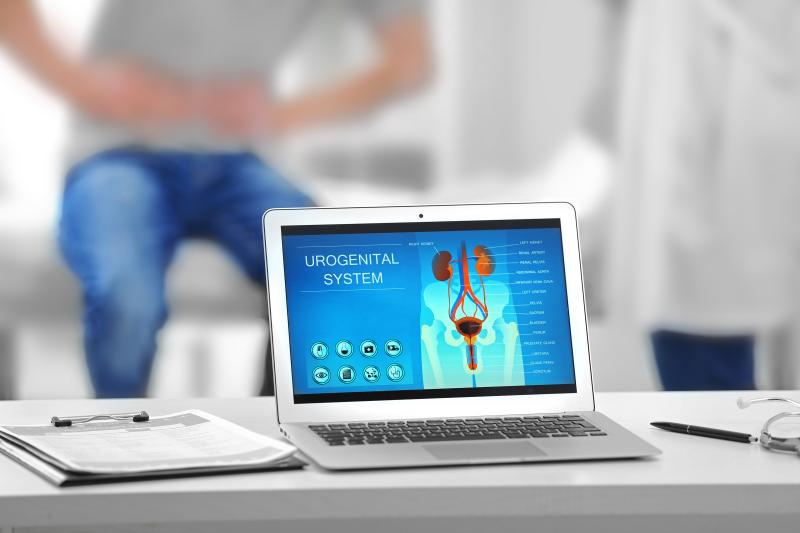
Use of double internal stents (DIS) in the long term offers durable relief in patients with secondary extrinsic malignant ureteral obstruction (EMUO), reveals a study. DIS avoids the use of external tubes and improves quality of life, making it a valuable alternative to other methods of urinary diversion.
From 2007 to 2019, DIS of 75 renal units were performed in 62 patients (mean age, 60 years; 79 percent female) presenting with EMUO using dwelling 7 FR stents. The investigators conducted surveillance every 3 months. Stents were exchanged routinely every year. Need for permanent stents’ retrieval was deemed a failure.
Risk factors for stent failure and mortality were assessed using univariate and multivariate analyses. Kaplan-Meier estimations provided maintenance of stent patency and disease-specific survival (DSS).
Thirty patients (48 percent) required balloon dilation. The median follow-up was 35.2 months (interquartile range, 26.8–46.7), while the median DSS was 21 months (range, 7.1–45.5). Thirty-nine patients died during the study period, of whom 37 (95 percent) had patent stents in place.
In multivariate analysis, mortality was found to be independently predicted by estimated glomerular filtration rate (eGFR) <60 ml/min/1.73 m2 (hazard ratio [HR], 2.1, 95 percent confidence interval [CI], 1.1–4.2; p=0.02) and balloon dilation (HR, 2.1, 95 percent CI, 1.1–4.1; p=0.02).
Stent failure occurred in six patients (10 percent) due to the following: sepsis, intractable haematuria or creatinine elevation. The mean time to failure was 15 months. Radiation (p=0.038) and eGFR <45 ml/min/1.73 m2 (p=0.001) at presentation independently correlated with stent failure. Forty percent of patients reported stent-related side effects, such as irritative symptoms and haematuria.